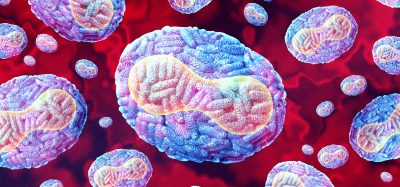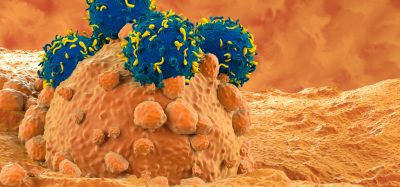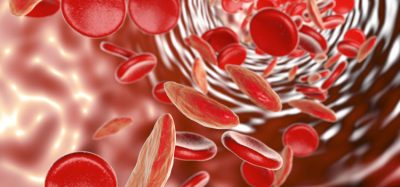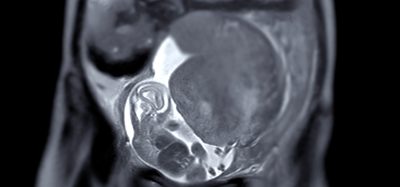Creating blood vessels on demand
Posted: 4 April 2019 | Drug Target Review | No comments yet
A new study shows that stable angiogenesis can be achieved by simply injecting a hydrogel with mechanical properties resembling that of a blood clot…
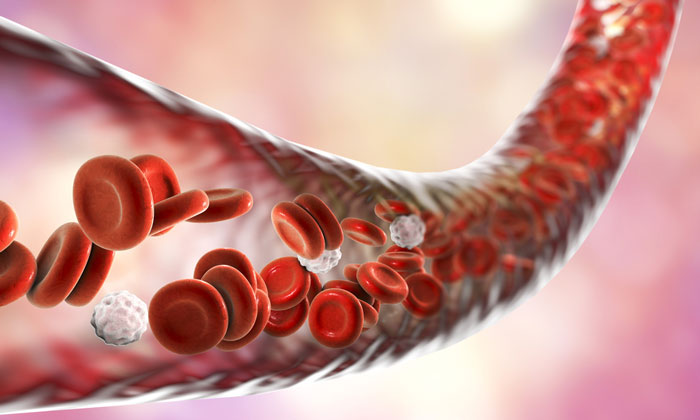

In a study published in the journal Advanced Materials, scientists from the University of Freiburg and University of Basel led by Professor Dr Prasad Shastri show that stable angiogenesis can be achieved by simply injecting a hydrogel with mechanical properties resembling that of a blood clot.
When organs or tissues are damaged, new blood vessels must form as they play a vital role in bringing nutrients and eliminating waste and it is necessary for organs and tissues to regain their normal function. At present, the injection of growth factors or genetic material into the tissue site of interest can trigger angiogenesis, ie, the growth of new blood vessels from pre-existing vessels.
The cells that organise into blood vessels need support from other cells for stability and blood flow regulation. The Freiburg researchers and the biomedical scientists Dr Roberto Gianni-Barrera and Dr Andrea Banfi from the University of Basel discovered a new population of cells of the immune system that circulate in the blood, the CD11b+ monocytes that express the protein Piezo-1. This is one of the so-called mechanoreceptors that are important for the interaction of cells in the central nervous system, as reported by Shastri in an earlier study.
The scientists were also able to clarify the role of the cell population of CD11b+ monocytes in the stabilisation of newly formed blood vessels. They found that this population of circulating cells is preferentially recruited in the hydrogel environment and organise in the vicinity of new blood vessels.
“Our study represents a paradigm shift, as it shows for the first time that a mechanically defined microenvironment is capable of recruiting a specific population of mechanosensing cells that can aid in a regenerative process,” says Shastri.
The results had an effect on the treatment of peripheral vascular diseases, explains co-author Dr Melika Sarem. “The hydrogel is a simple means to induce new and healthy vascular systems in a target tissue,” adds Dr Aurelien Forget, the co-first author of the study at the University of Freiburg.
Related topics
Immunology, Microbiology
Related conditions
vascular disease
Related organisations
University of Basel, University of Freiburg



